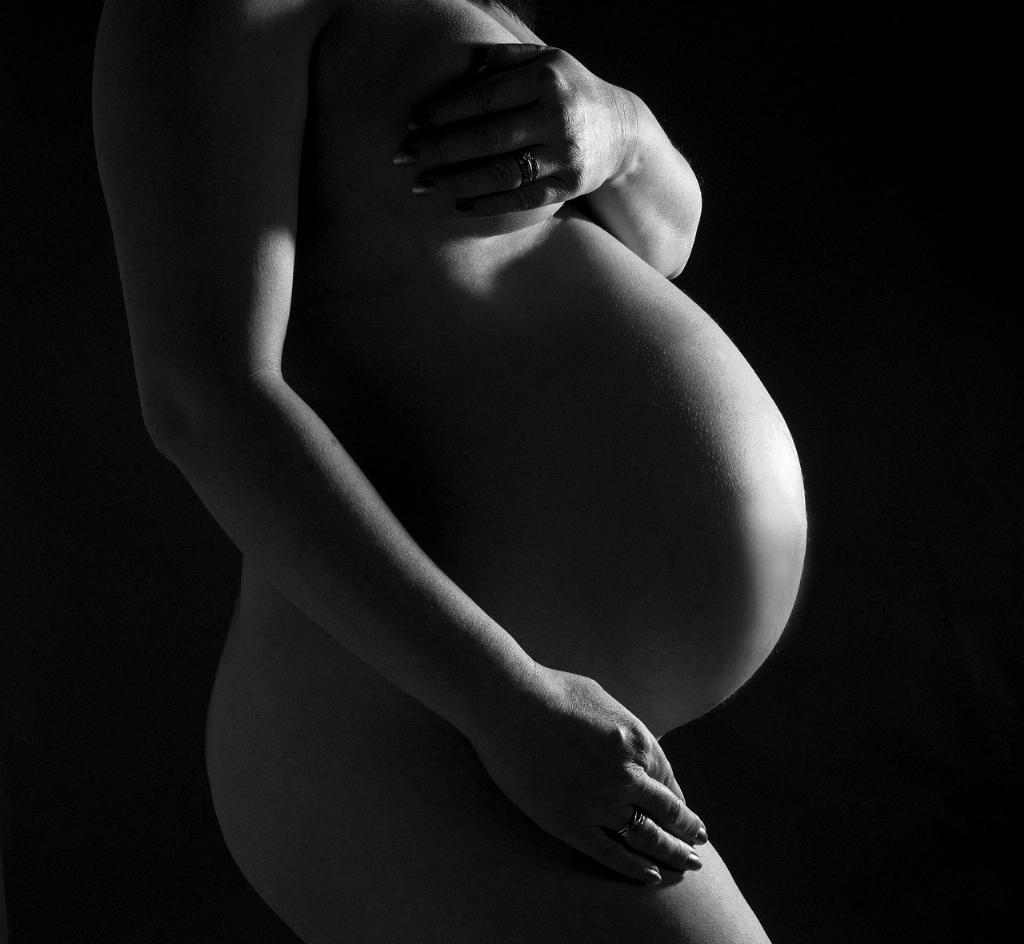During pregnancy, several organs undergo significant changes to support the growth and development of the fetus. One of the most crucial organs that develop during pregnancy is the placenta. The placenta plays a vital role in providing nutrients and oxygen to the baby, as well as removing waste products from the baby’s blood.
Another organ that goes through changes during pregnancy is the uterus. The uterus expands to accommodate the growing fetus and provides a protective environment for the baby to develop. The uterus also plays a crucial role in labor and delivery, as it contracts to help push the baby out during birth.
The ovaries, which are responsible for producing eggs, also experience changes during pregnancy. The production of eggs is temporarily halted during pregnancy, allowing the body to focus on supporting the growing fetus. After childbirth, the ovaries resume their normal function.
The breasts are another important organ that undergo changes during pregnancy. Hormonal changes stimulate the growth of mammary glands and milk ducts in preparation for breastfeeding. The breasts may become larger and more sensitive as they prepare to produce milk for the baby.
While not an organ, the amniotic sac is a vital structure that forms during pregnancy. The amniotic sac is filled with amniotic fluid, which protects the baby from injury and helps regulate the baby’s temperature. It also allows the baby to move and grow freely within the uterus.
The cervix, the lower part of the uterus that connects to the vagina, also undergoes changes during pregnancy. The cervix softens and dilates in preparation for childbirth, allowing the baby to pass through the birth canal. This process is known as effacement and dilation.
Additionally, the kidneys play a crucial role in filtering waste products from the mother’s blood and maintaining fluid balance during pregnancy. The increased blood volume and metabolism during pregnancy put extra strain on the kidneys, requiring them to work harder to eliminate waste products.
The liver, which is responsible for processing nutrients and drugs in the body, also experiences changes during pregnancy. The liver produces more bile to aid in digestion and detoxification, as well as to help regulate blood sugar levels for both the mother and the baby.
The heart adapts to the increased demands of pregnancy by pumping more blood to support the growing fetus. The heart rate and cardiac output increase to meet the body’s needs, ensuring that an adequate blood supply reaches the placenta and the baby.
The lungs undergo changes during pregnancy to accommodate the increased oxygen requirements of the mother and the baby. The diaphragm, the main muscle used for breathing, shifts upward as the uterus expands, causing shortness of breath in some pregnant women.
The skin, the body’s largest organ, also experiences changes during pregnancy. Hormonal changes can cause skin pigmentation, stretch marks, and changes in texture. Some women may develop a pregnancy mask, a condition characterized by dark patches on the face.
In conclusion, pregnancy triggers a cascade of changes in multiple organs to support the growth and development of the fetus. From the formation of the placenta and amniotic sac to the adaptations in the uterus, ovaries, breasts, and other organs, the female body undergoes remarkable transformations to nurture and protect the baby throughout pregnancy. Understanding the changes that occur in these organs can provide valuable insights into the process of pregnancy and childbirth.

